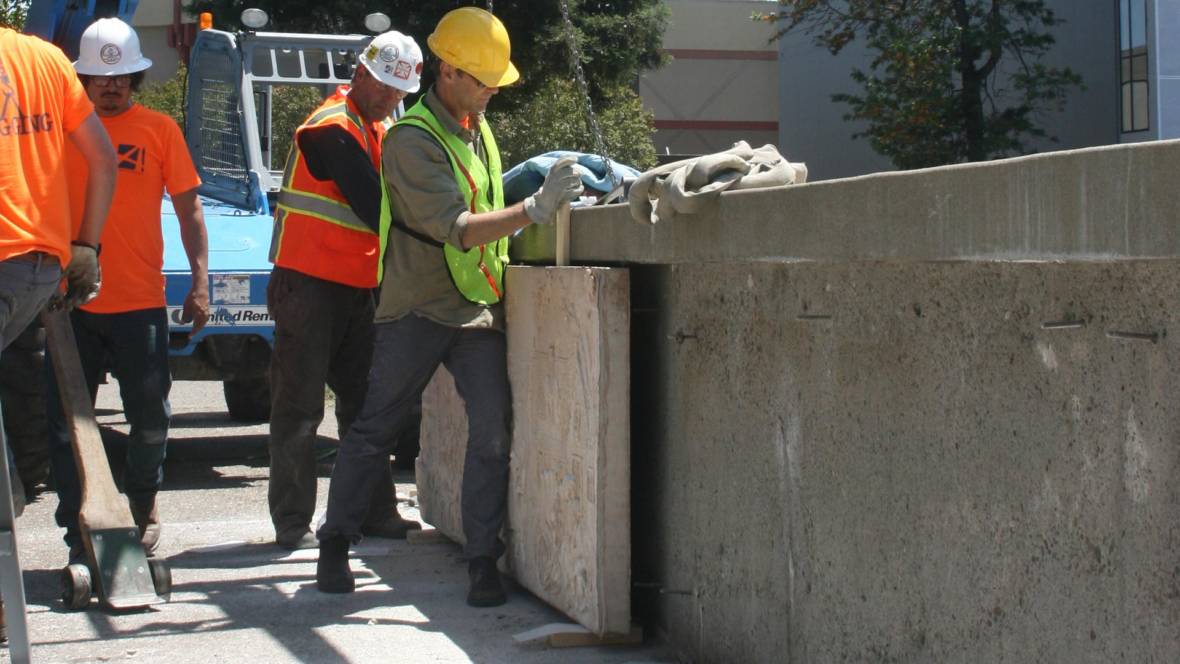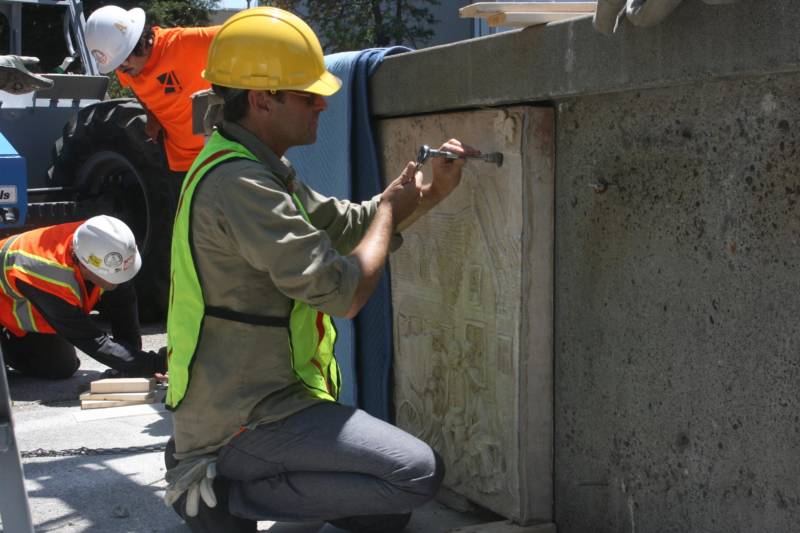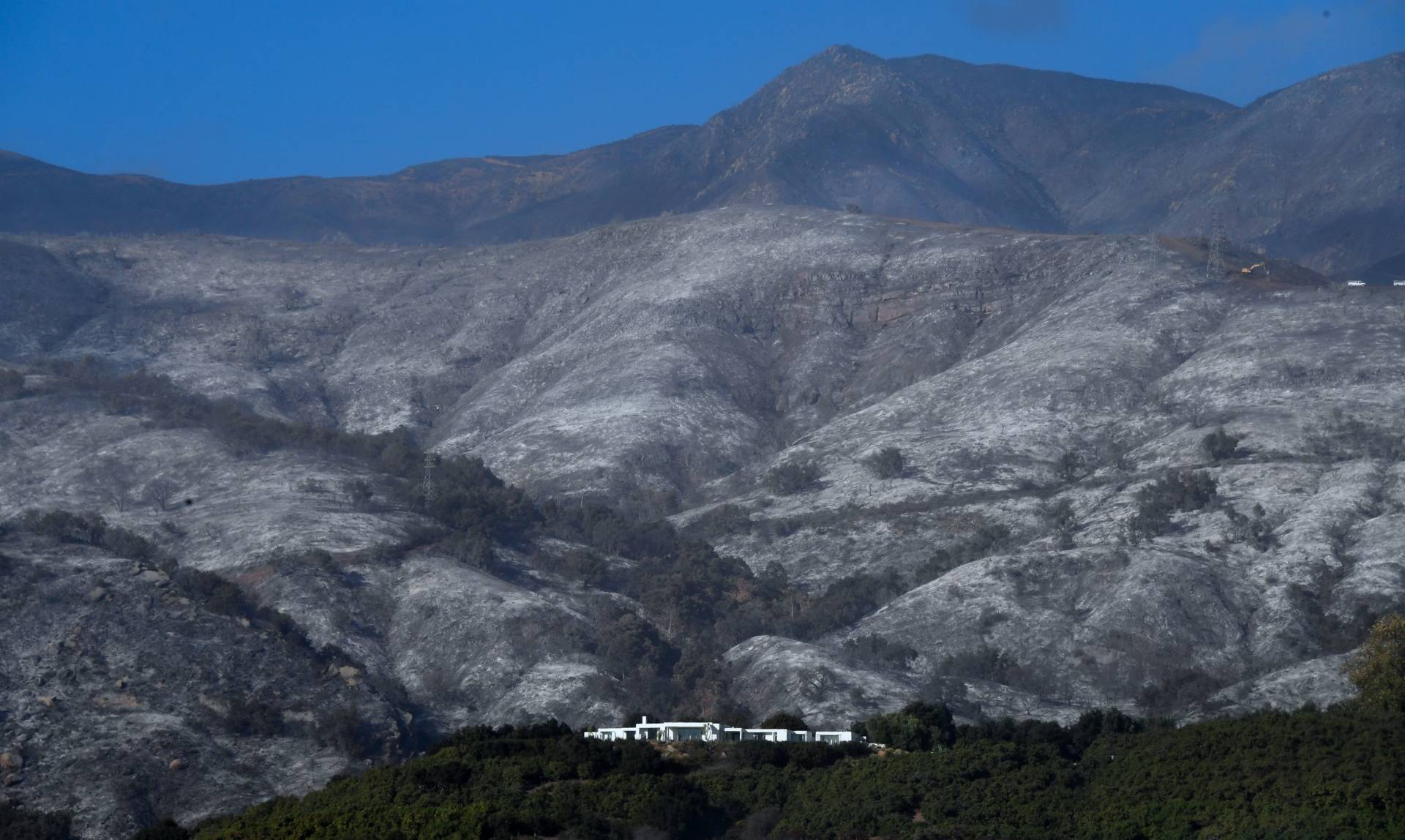To the cars passing by, it looks like just another fountain, one they’ve driven past hundreds of times before.
But here in Santa Rosa’s Courthouse Square, today filled with loud tractors and backhoes to begin a complete overhaul and reunification of the city’s center, a team of six men and women are on hand to ensure the fountain’s panels stay safe. The fountain is, after all, one of the living legacies of famed sculptor Ruth Asawa.
“This was a really beloved project,” says conservator Katharine Untch, watching as a crew carefully hammers away grout and sealant. “It was one of those projects where you get the whole community involved, so it was pretty significant, and the installation was closer to the end of her career and life, so it’s special.”
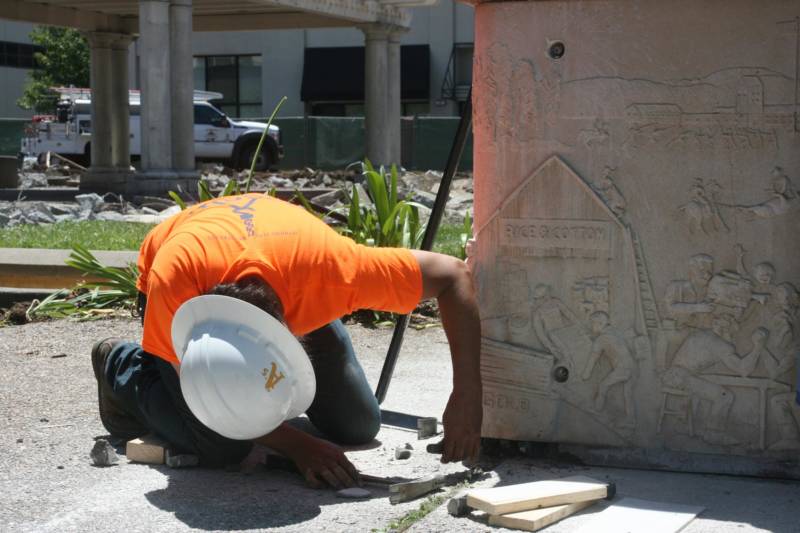
The fountain panels were installed in 1987 as a joint project between Asawa and young students of nearby Luther Burbank Elementary School. In various dough relief vignettes, the wrap-around frieze depicts the history of Sonoma County: Santa Rosa’s train station makes an appearance, as do Mexican settlers, logging trucks, characters from the ‘Peanuts’ comic strip, the Fountaingrove Round Barn, local Grange Halls and more. In what was surely a suggestion from one of the young students in the late 1980s, there’s even a skateboarder wearing a T-shirt that says “RAD.”
Santa Rosa’s arts coordinator Tara Thompson says the panels were a priority for the city from the beginning of the Courthouse Square reunification project, and that they’ll be kept in a storage facility in Oakland to be evaluated and preserved until the new square is complete. “The goal is that when the square is finished,” she says, referencing an estimated completion date of November, “there’ll be a new fountain structure that these will be reattached to in a very similar way.”
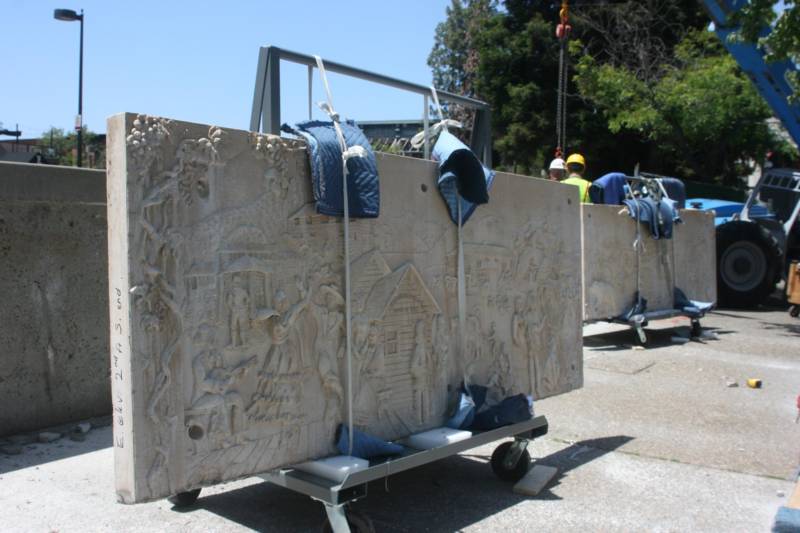
Those who know Asawa only from her wire sculpture are often surprised to learn that she was known in San Francisco as “The Fountain Lady,” designing fountains in Union Square, Japantown, Bayside Plaza, Ghirardelli Square and many other public spaces. Santa Rosa’s fountain is perhaps most similar to the Asawa fountain in Boeddeker Park, in the Tenderloin, which was also designed in collaboration with young schoolchildren. Asawa died in 2013.
